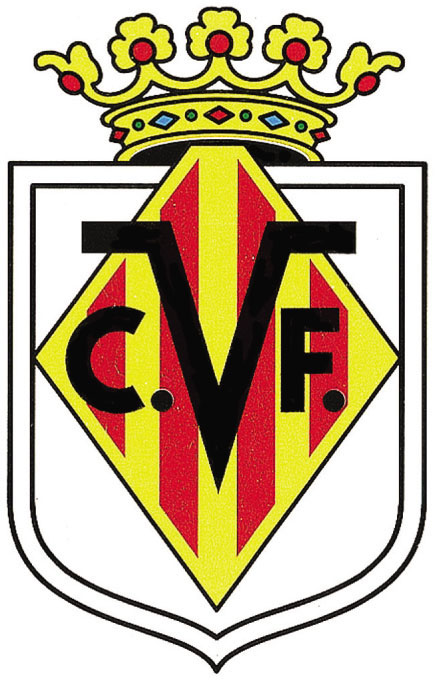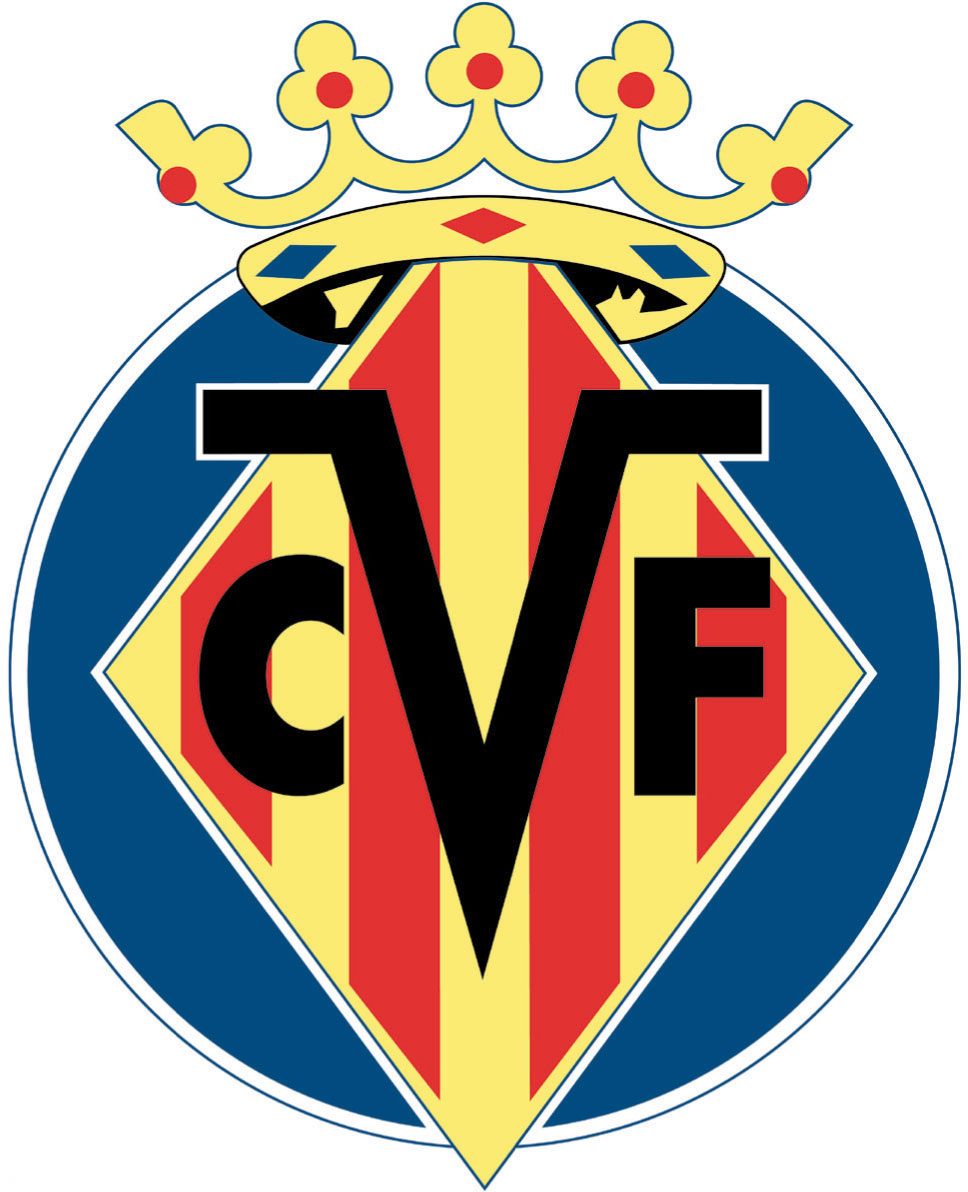
VILLARREAL
THE YELLOW SUBMARINE
In April 2006, Villarreal were just one penalty kick away from making football history. The Champions League debutants had surprised everyone by getting to the semi-final, where Arsenal were awaiting them. After Arsenal won the first leg in London 1-0, Villarreal had the chance to level the tie from the penalty spot in the return fixture at El Madrigal. The 22,000 home supporters held their breath as the playmaker and fan-favourite Juan Román Riquelme stepped up to take the spot kick. But the Arsenal goalkeeper Jens Lehmann saved the penalty and torpedoed the Champions League dreams of the Yellow Submarine. At that point, it seemed like a heavy defeat, but with a little distance from that historic miss, Villareal’s European adventure must be seen as some kind of heroic achievement.
The town Villarreal has just over 50,000 inhabitants, making it the second smallest ever to play a semi-final in the Champions League. (Monaco, who reached the final in 2004, had a population of 35,000 at the time). Villarreal’s fight against the European giants looks even more impressive considering that the club entered La Liga as late as 1998. Although their rival, Valencia, are the big team in the region, Villareal quickly established themselves in the top division and in the course of just 13 seasons qualified for both the Champions League and the Europa League. During this period the team built its successes on young Spanish talent and the financially sound purchases of players who had not been successful at bigger clubs – players such as Riquelme, but also Diego Forlán and Giuseppe Rossi. And it is by following this same model that Villareal continue their hunt for new successes.
CLUB: Villarreal CF
NICKNAME: El Submarino Amarillo (the Yellow Submarine)
FOUNDED: 1923
STADIUM: Estadio de la Cerámical, Vila-real (24,890 capacity)
HISTORIC PLAYERS: Marcos Senna, Juan Román Riquelme, Diego Forlán, Giuseppe Rossi and Bruno Soriano

1923–1936. Club Deportivo Villarreal was founded in 1923, when they played in white jerseys and black shorts, which is reflected in the emblem. It was used for 13 years and disappeared, along with the club, when the Spanish Civil War broke out in 1936.

1942–1954. Three years after the end of the Civil War, the club was recreated, this time under the name Club Atlético Foghetecaz Villareal. The name was a construction from the surnames of some of the founders: Font, Gil, Herrero, Teuler, Catalá and Zaragoza. The idea was that the newly formed team would play in black and white as CD Villareal had done, but there were no white jerseys available, so they chose yellow ones. And so the emblem changed colour as well. The two full stops symbolise Manuel Vilanova and Manuel de Jeroni, another two of the founding fathers.

1954–1966. In 1954 the board voted through a change of name to Villareal CF, and with this a new club crest was unveiled. The square, the crown and the colours were taken from the town crest of Villarreal.

1966–present. To coincide with the club’s return to the Spanish third division in 1966, after a five-year absence, this emblem was introduced. This modernised version with a different choice of colours, a simpler crown and no full stops, has represented the club ever since.

Argentian playmaker Juan Román Riquelme represented Villarreal from 2003-2007. In 2005 Spanish sports newspaper Marca awarded Riquelme the title of ‘Most Artistic Player’.